North Korean leader Kim Jong Un has ordered his military to maintain its strategic deterrence advantage against the US and South Korea, with its arsenal of nuclear-tipped ballistic and cruise missiles.
North Korea's parliament in late September included the status of a nuclear state and its nuclear force policy in its constitution, after leader Kim Jong-un called for accelerating the modernization of nuclear weapons to maintain strategic deterrence, while criticizing the trilateral alliance between the US, Japan and South Korea as "the Asian version of NATO".
North Korea currently possesses a diverse arsenal, including many ballistic and cruise missiles capable of carrying nuclear warheads, capable of deterring the US and its allies, serving the goals set by the country.
Strategic cruise missile
North Korea tested its first strategic cruise missile in September 2021. This is Pyongyang's first cruise missile model capable of carrying a nuclear warhead.
Western experts say cruise missiles fly slower and are less powerful than ballistic missiles, making them easier to intercept, but their low-flying ability makes them easier to hide from air defense radars and more accurate.
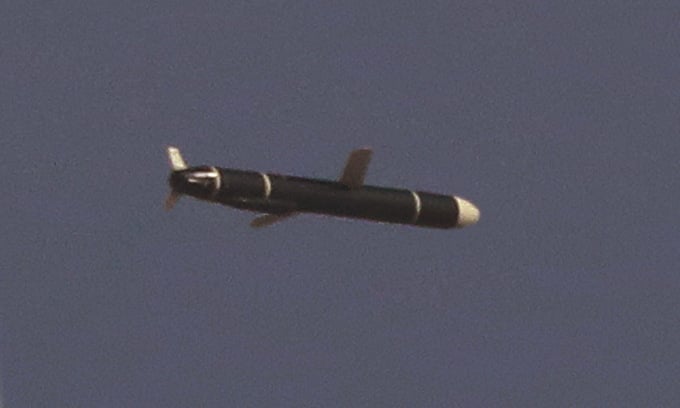
North Korea's strategic cruise missile test-launched in September 2021. Photo: KCNA
UN Security Council resolutions ban North Korea from testing ballistic missiles, but do not target long-range cruise missiles. The last time North Korea launched such a missile was on the morning of September 2, during a live-fire exercise simulating a nuclear attack by the Strategic Cruise Missile Operation Unit of the Western Military District.
During the test, two missiles were launched toward the sea west of the Korean Peninsula and flew in a figure-8 trajectory, completing a 1,500-kilometer journey in 7,672 and 7,681 seconds, respectively. The missiles then detonated at an altitude of 150 meters above a deserted island, simulating a precise nuclear strike on an enemy target.
Intercontinental Ballistic Missile (IRBM)
IRBMs are ballistic missiles with a range of 3,000-5,500 km. North Korea's main IRBM is the Hwasong-12, which was developed to replace the Musudan ballistic missile, which has been around for a long time but has shown very low reliability.
The US-based Center for Strategic and International Studies (CSIS) estimates that the Hwasong-12 can fly 4,500 km with a 500 kg warhead, 3,700 km with a 650 kg warhead or nearly 6,000 km with a small warhead.
North Korea has launched the Hwasong-12 eight times, six in 2017 and two last year. After the first three failed, the rest have been successful, with four of them flying over Japan.
In the test on October 4, 2022, the Hwasong-12 missile was launched almost vertically, reaching an altitude of 970 km and flying 4,600 km, before falling into the sea outside the country's exclusive economic zone.
The Japanese Ministry of Defense said that if launched at a standard angle, the Hwasong-12 missile could easily reach Guam and the Aleutian Islands, where US strategic military bases are located. Japanese Defense Minister Yasukazu Hamada said that this was a missile that "achieved an unprecedented flight range" in North Korea's weapons tests so far.
Intercontinental ballistic missile (ICBM)
ICBM is a term used to describe ballistic missiles with a range of over 5,500 km, designed to deliver nuclear strikes deep into enemy territory, but can also carry conventional, chemical and biological warheads. The flight trajectory of an ICBM is usually parabolic, with the missile reaching an altitude of 1,200 km and a range of thousands of km at an optimal firing angle.
North Korea first announced the successful test of an ICBM on July 4, 2017, with the Hwasong-14 model having an estimated range of 10,000 km, enough to reach the US state of Alaska. Leader Kim Jong-un described it as a "gift to the Americans on their Independence Day."
Hwasong-18 missile during a test launch in July. Video: KCTV
Pyongyang later developed the Hwasong-15 and Hwasong-17 models with a range of about 15,000 km, enough to cover the entire US territory. Western experts believe that the Hwasong-17 can carry multiple independently targetable reentry vehicles (MIRVs) and decoys, capable of overloading and penetrating the Ground-based Midcourse Defense (GMD) system protecting the US.
North Korea also successfully test-fired the Hwasong-18 solid-fuel ICBM twice this year. Developing solid-fuel ICBMs has long been a key goal for Pyongyang, aiming to increase the survivability of its strategic missile force in the event of conflict.
Submarine-launched ballistic missile (SLBM)
SLBMs are less accurate and powerful than ICBMs, but ballistic missile submarines can remain underwater for long periods of time to launch a retaliatory strike in the event of a preemptive strike against North Korea. Conventional SLBMs can also be deployed to destroy high-value tactical targets and hardened underground bunkers.
Pyongyang has repeatedly tested the Pukguksong-3 SLBM with an estimated range of 1,700-2,500 km, and unveiled the larger Pukguksong-4A version in a parade on October 10, 2020.
On September 6, North Korean media released images of the launching ceremony of the submarine "Hero Kim Kun-ok" number 841, equipped with 10 launch tubes that can carry many different types of SLBMs.
Hypersonic missile
Pyongyang is pursuing efforts to develop hypersonic missiles, weapons that can travel at speeds of around 6,000-12,000 km/h. Their high speed, maneuverability, and low trajectory in the atmosphere make hypersonic weapons much harder to track and intercept than traditional ballistic missiles, posing a major challenge to any modern air defense network.
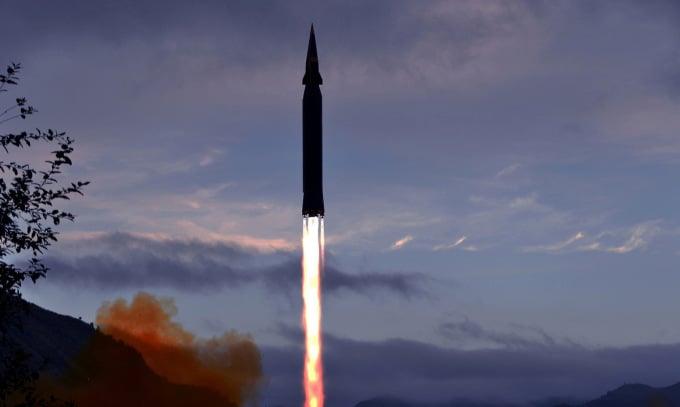
The Hwasong-8 hypersonic missile leaves the launch pad during a test in September 2021. Photo: KCNA
North Korea has tested the Hwasong-8 hypersonic missile three times, once in September 2021 and twice in 2022. It has developed two variants of hypersonic warheads with different shapes, one of which bears similarities to Russia's Avangard and China's DF-17.
Nuclear warhead
North Korea has conducted six nuclear tests since 2006, the most powerful of which was conducted in September 2017. Experts estimate that the warhead had the power equivalent to 100,000-370,000 tons of TNT, far exceeding the 15,000 tons of explosives from the US nuclear bomb dropped on Hiroshima during World War II.
North Korea declared itself an "irreversible" nuclear power last year and Kim Jong-un recently called for an "exponential" increase in weapons production, including tactical nuclear weapons.
The Korea Institute for Defense Analyses estimates that Pyongyang possesses about 80-90 nuclear warheads and is working to miniaturize warheads to equip various types of missiles in its arsenal.
Vu Anh (According to AFP, KCNA )
Source link


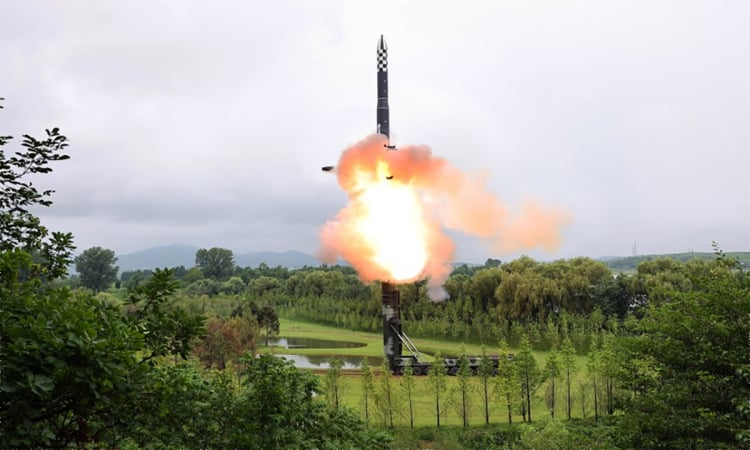
![[Photo] Summary of parade practice in preparation for the April 30th celebration](https://vstatic.vietnam.vn/vietnam/resource/IMAGE/2025/4/11/78cfee0f2cc045b387ff1a4362b5950f)




![[Photo] Looking back at the impressive moments of the Vietnamese rescue team in Myanmar](https://vstatic.vietnam.vn/vietnam/resource/IMAGE/2025/4/11/5623ca902a934e19b604c718265249d0)
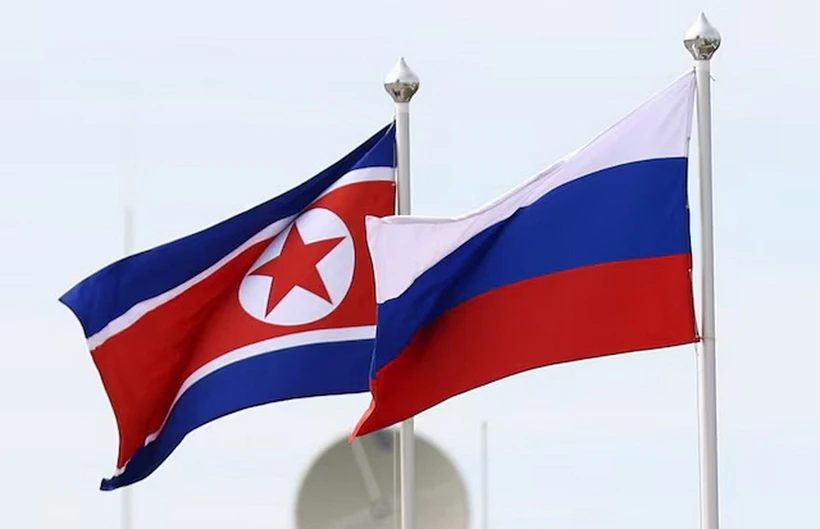

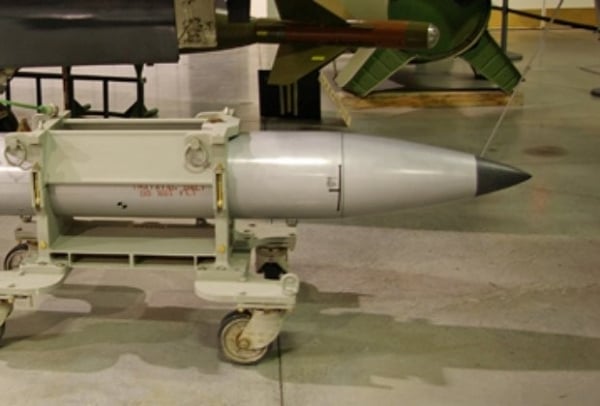




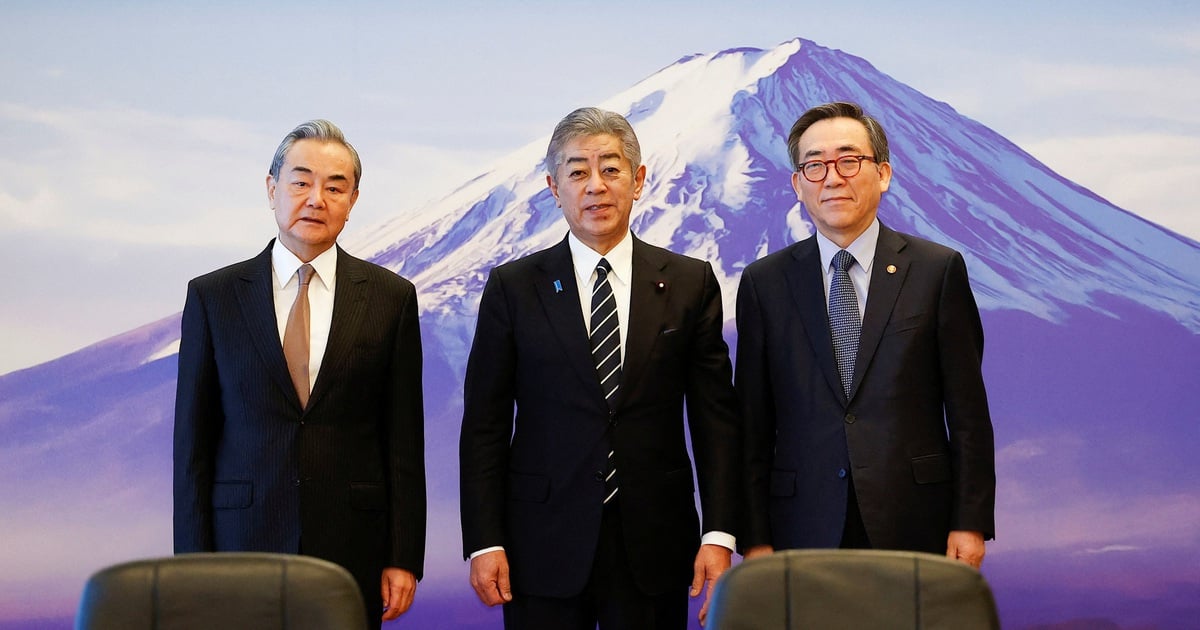

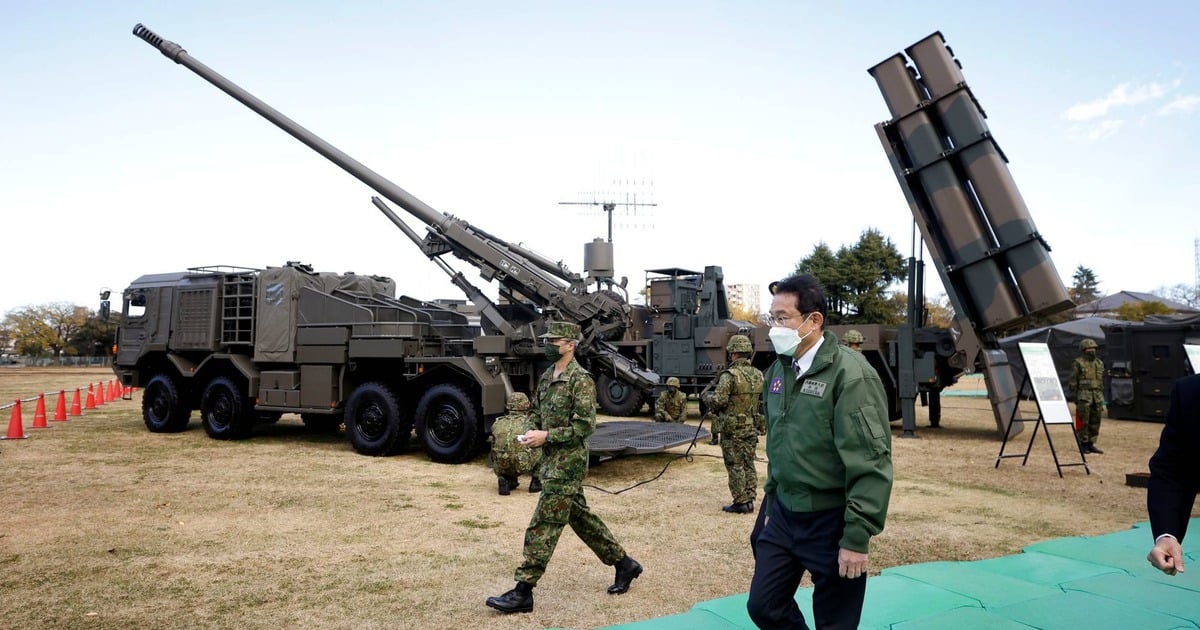
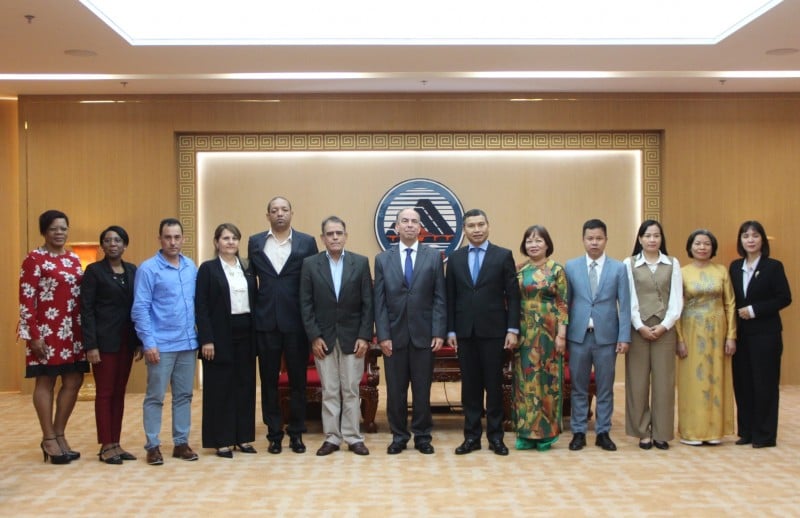
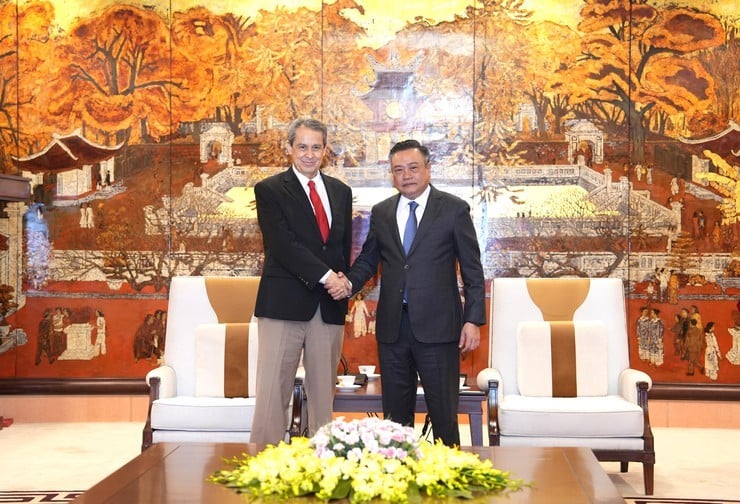



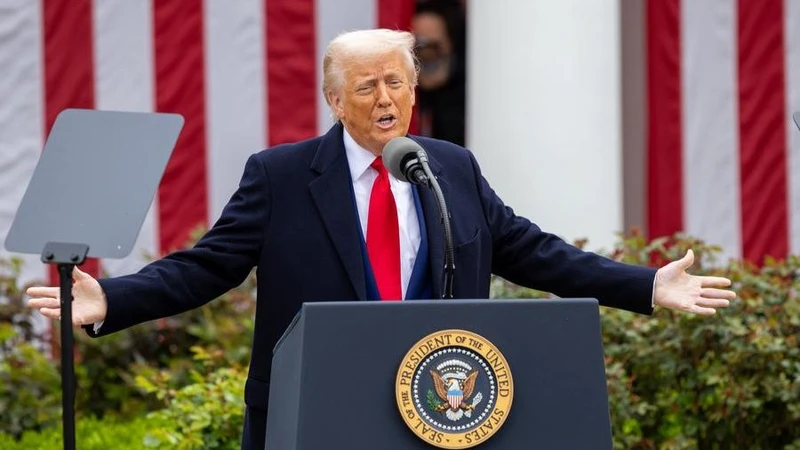










![[Photo] Phuc Tho mulberry season – Sweet fruit from green agriculture](https://vstatic.vietnam.vn/vietnam/resource/IMAGE/2025/4/10/1710a51d63c84a5a92de1b9b4caaf3e5)





























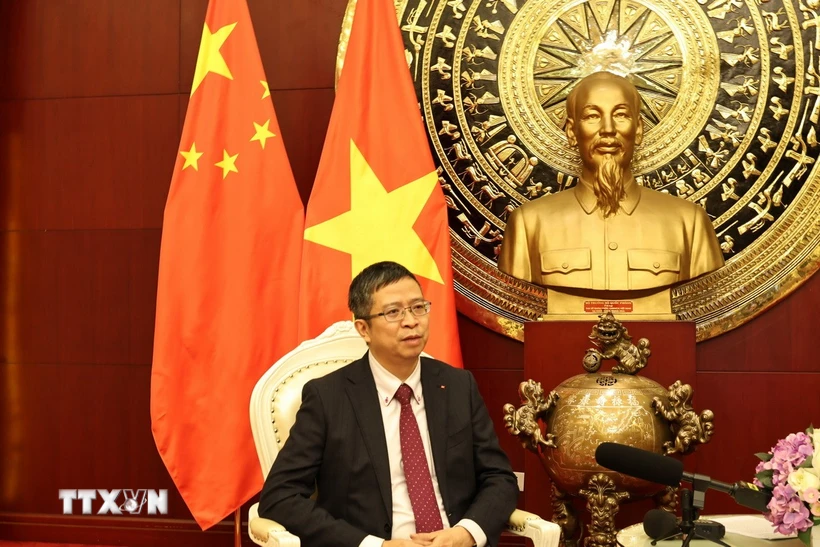
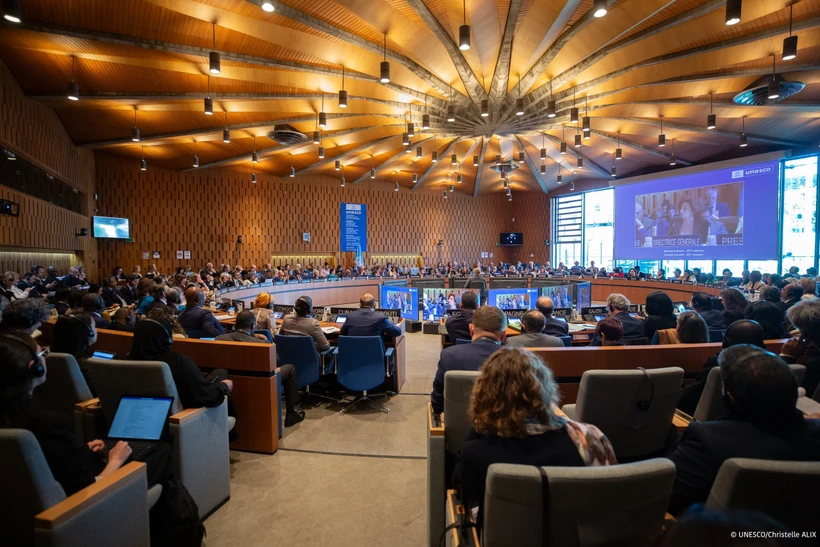













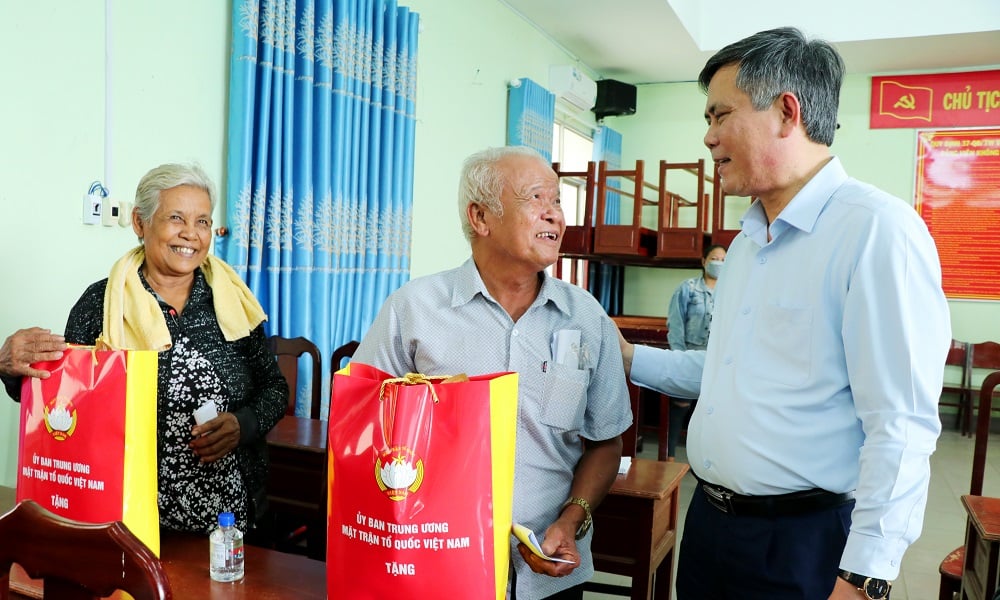
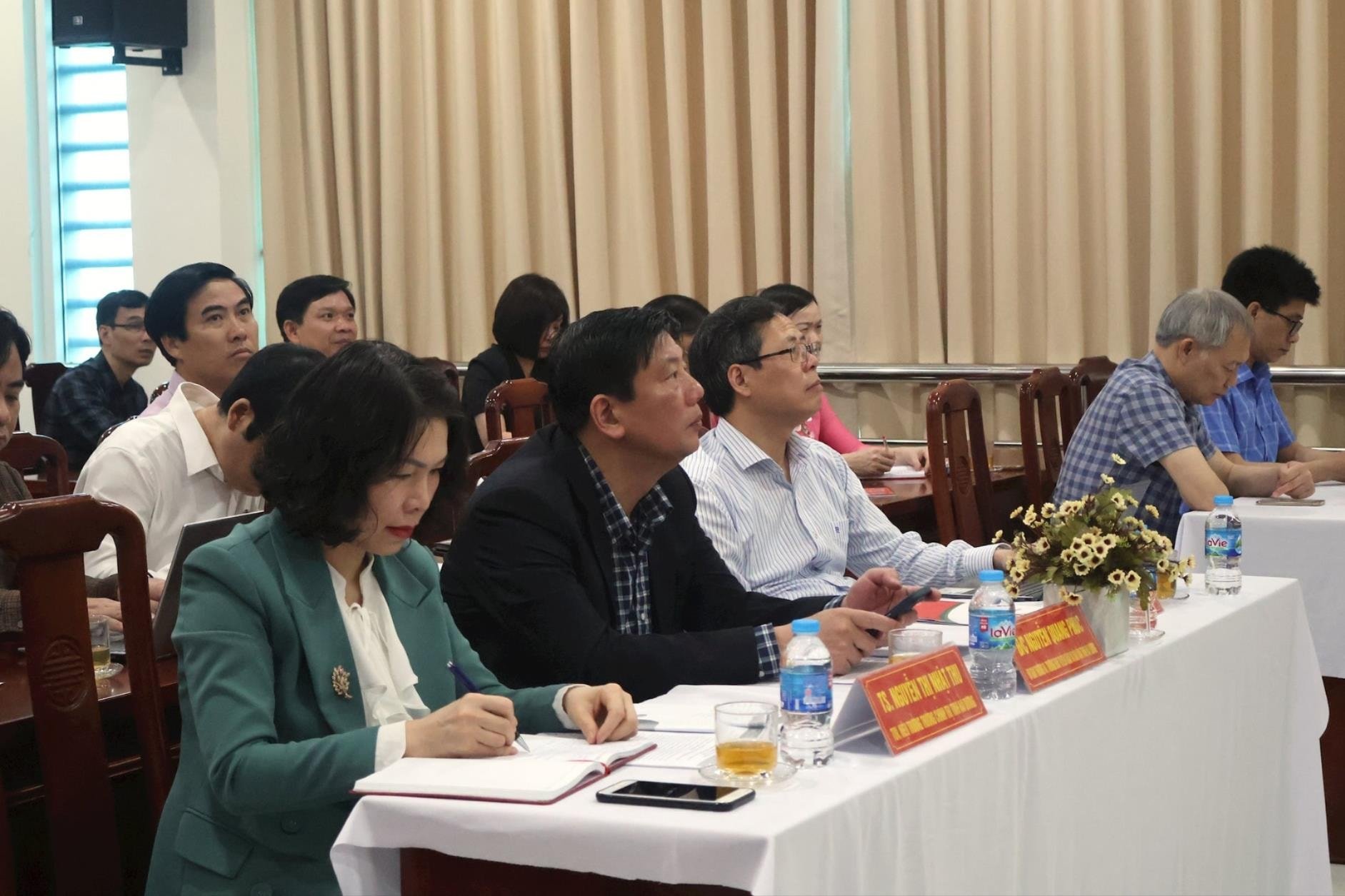

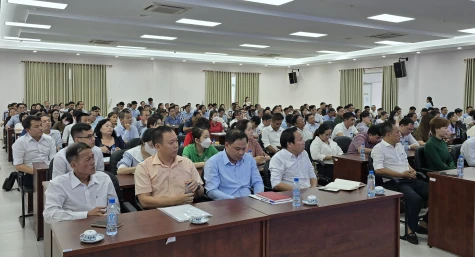













Comment (0)